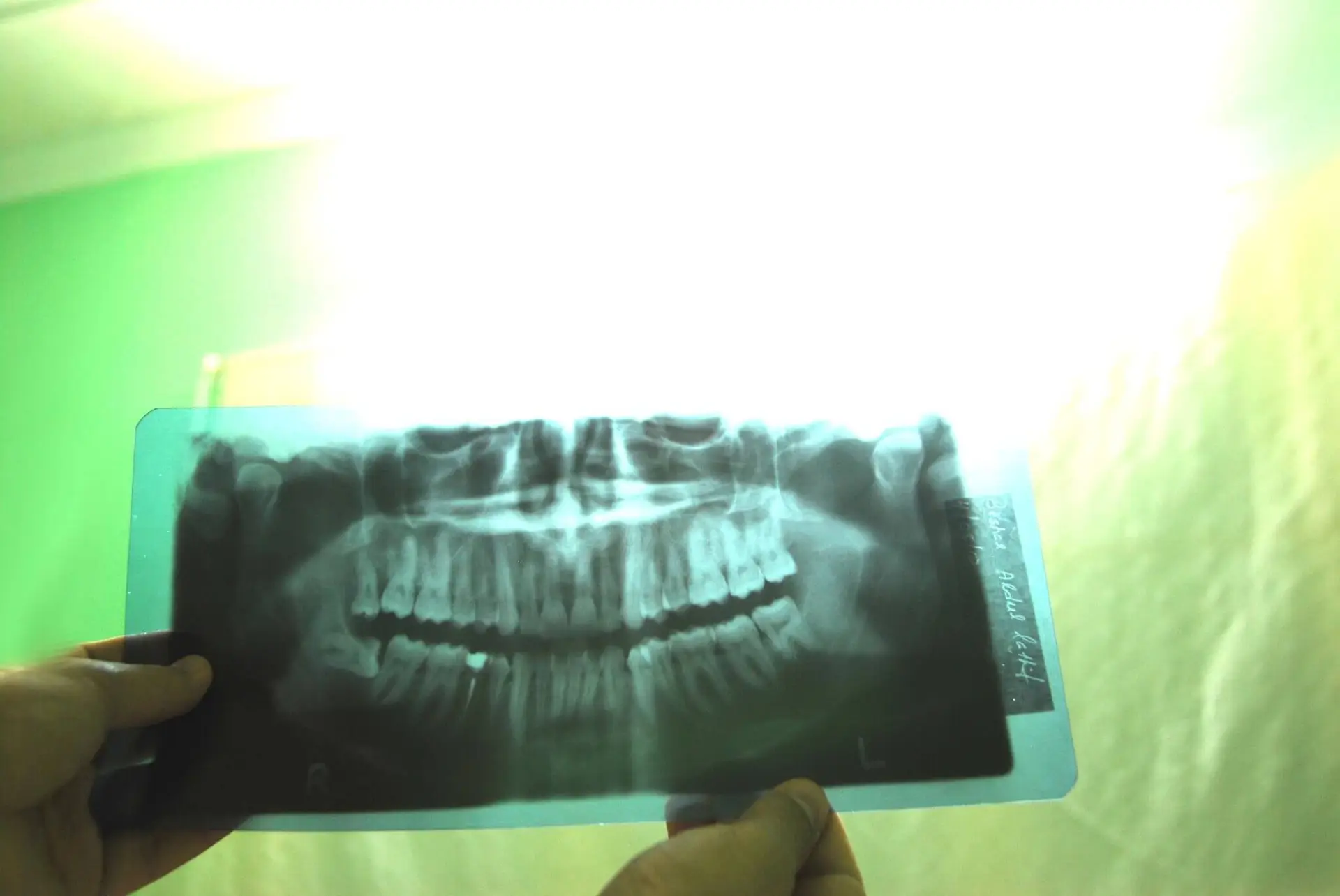Our practice often gets questions about the amount of radiation received during routine x-rays. Many patients also want to understand why it is necessary for them to have them taken. Let’s start off with how much radiation you are getting during routine x-rays.
The dose of radiation is measured in millirems or mrem.
According to the American Nuclear Society, this is how much radiation you expect from common activities:
620 mrem/year = the average level of radiation per person in the US
50000 mrem/year = the safe allowable dose for people that are exposed to radiation in their wok
1 mrem = two hours in a jet plane
7 mrem/year = from living in a brick house
10 mrem/year = cooking with natural gas
2 mrem/year = from sleeping next to someone else
36 mrem/year = from smoking one pack of cigarettes a day
42 mrem = breast mammogram per breast
700 mrem = abdominal x-ray
63 mrem/year = living in the Colorado Plateau area
0.5 mrem = one dental x-ray
The amount of radiation (mrem) that a patient receives during dental x-rays is very small when compared to other sources of radiation in everyday life. In addition, our office uses modern digital x-rays. The amount of radiation received from a digital x-ray can decrease up to another 80%. That means while a standard x-ray gives off 0.5 mrem, a digital x-ray can give off as little as 0.1 mrem.
Why are x-rays needed? During a standard exam, the dentist is able to examine only visible surfaces of the teeth and soft tissue. X-rays allow the dentist to see small cavities that are developing in between the teeth. Once these areas have become visible in the mouth, typically the tooth may already be to the point where it needs a crown, root canal, or may even need to be extracted. Routine films allow us to diagnose small cavities and stop them before they become bigger and more costly problems. Additionally, x-rays allow the dentist to examine the mandible and maxilla for any unusual growths or abnormalities. While cancer and tumors of the jaw are rare, the prognosis is always better the earlier you treat these areas.
While digital x-rays do emit a very small amount of radiation, it is clear that the benefits greatly outweigh any minimal risks.
Photo Credit: Bashar Al-Ba’noon
About the Author
-

Dr. Jay L. Robertson
Dr. Jay Robertson joined our practice in July 2008. He is from Montgomery and is a graduate of Saint James School, Birmingham-Southern College, and the University of Alabama, Birmingham School of Dentistry. He is a member of the American Dental Association, the Alabama Dental Association and the Academy of General Dentistry.
Dr. Robertson and his wife Jennifer have four children, John Campbell, Julian, Lowe, and Ansley.
Dr. Robertson serves on the board of the Montgomery Quarterback Club and is a member of the First United Methodist Church of Montgomery. When not at work, Dr. Robertson enjoys all things sports, including Auburn, golf, and his children’s various sports.
